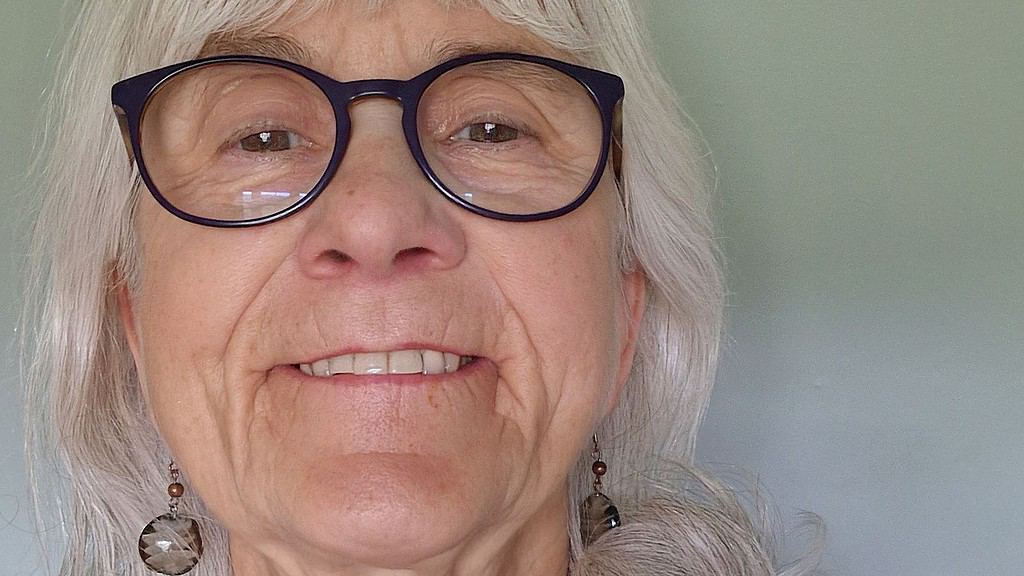
It was only in 2013 that scientists first learned of Jo Cameron, a Scottish woman then in her 60s, and her remarkable pain-free life. For as long as she can remember, Jo has been incapable of experiencing both physical and emotional pain. This naturally also got her into trouble, experiencing cuts and bruises often — but this wasn’t much of a problem because she can heal much faster than the average person. Moreover, she feels almost no anxiety or fear.
You might be thinking this all sounds like the description of some comic book superhero character — and you wouldn’t be too far off. In a new study, British researchers at the University College London describe how they dived deep into Jo’s genetic makeup and discovered a number of mutations in key genes associated with wound healing and mood.
Jo, as it turns out, is something of a real-life X-Men character.
The Enigma of Jo Cameron

In 2019, researchers at University College London (UCL) finished their investigation and shared the extraordinary story of Jo Cameron, a woman who possesses a rare genetic mutation that renders her virtually incapable of experiencing physical and emotional pain.
Despite undergoing hand surgery at the age of 66, she astoundingly required no postoperative anesthesia. Similarly, when diagnosed with severe joint degeneration in her hip a year earlier, she exhibited none of the expected pain. Throughout her life, Cameron reported minimal anxiety, fear, and an uncanny ability to heal rapidly from cuts and bruises.
Upon scrutinizing Cameron’s genetic profile, the UCL researchers made remarkable discoveries that shed light on her exceptional resilience. Two genetic mutations stood out, both intricately linked to a pain-related enzyme called fatty acid amide hydrolase (FAAH). One mutation was found in a pseudogene called FAAH-OUT, a region of DNA that closely resembles a gene but does not actually code for a protein. The second mutation occurred in a neighboring gene that indirectly regulates FAAH.
FAAH has been previously associated with the modulation of pain perception by breaking down a neurotransmitter that binds to cannabinoid receptors in our bodies. In studies involving mice bred without the FAAH gene, it was observed that they experienced reduced pain sensitivity.
Beyond FAAH: a complex tapestry of pain (or lack thereof)
In their new study, which was published this week in the journal Brain, researchers at UCL have come even closer to understanding the genetic mechanisms that underly her extraordinary abilities.
Employing cutting-edge techniques such as CRISPR gene editing, they explored the effects of her mutations on human cell lines. As anticipated from their previous study, researchers found evidence that FAAH-OUT governs the expression of FAAH itself. Remarkably, her FAAH-OUT mutation directly reduces the levels of this enzyme.
But that wasn’t all. The researchers could see in fine detail how Jo’s unique genetic makeup influenced her biology at the molecular level.
For instance, the mutation appears to exert control over hundreds of other genes that are either turn up or down, some of which impact wound healing (WNT pathway), bone regeneration (WNT16 gene), mood regulation (BDNF gene), and the body’s natural opioids (ACKR3 gene).
“The FAAH-OUT gene is just one small corner of a vast continent, which this study has begun to map. As well as the molecular basis for painlessness, these explorations have identified molecular pathways affecting wound healing and mood, all influenced by the FAAH-OUT mutation. As scientists, it is our duty to explore and I think these findings will have important implications for areas of research such as wound healing, depression and more,” said Dr. Andrei Okorokov of UCL Medicine, a senior author of the study.
The profound insights gained from Cameron’s genetics hold tremendous potential for the future. Despite earlier disappointments in pain treatments targeting FAAH directly, this research indicates the existence of alternative avenues to explore. The UCL team is already planning further investigations to capitalize on these newfound possibilities.
“The initial discovery of the genetic root of Jo Cameron’s unique phenotype was a eureka moment and hugely exciting, but these current findings are where things really start to get interesting. By understanding precisely what is happening at a molecular level, we can start to understand the biology involved and that opens up possibilities for drug discovery that could one day have far-reaching positive impacts for patients,” said Professor James Cox of UCL Medicine.
And if the FAAH pathway fails to produce meaningful results there are always other avenues. There’s a family in Italy — a 78-year-old woman, her two daughters, and her three grandchildren — in which all members have trouble experiencing pain. They can’t even sense the hot temperature of a burning stove.
In 2017, researchers from the same UCL conducted a comprehensive analysis of both the family’s genetics and mouse models to decipher the gene responsible for this unique insensitivity.
The family members willingly subjected themselves to a series of tests that would typically cause discomfort or pain. These assessments included being poked at tender points, exposure to extreme temperatures ranging from 14 to 122 degrees Fahrenheit, and immersing their hands in freezing water.
The examinations revealed that the subject’s rare condition, aptly named Marsili syndrome after the family, is likely owed to a novel mutation in the “ZFHX2” gene. This genetic alteration affects the function of nociceptors, the nerve cell components responsible for transmitting pain signals to the brain.
Both Jo and the Marsili family could hold the key to designing the most powerful pain medication. However, a pain-free life is not exactly something to be desired. Pain is a crucial evolutionary adaptation that essentially nudges you to keep out of harm’s way. Still, for people suffering from debilitating chronic pain, you can plainly see how this could be highly useful.


